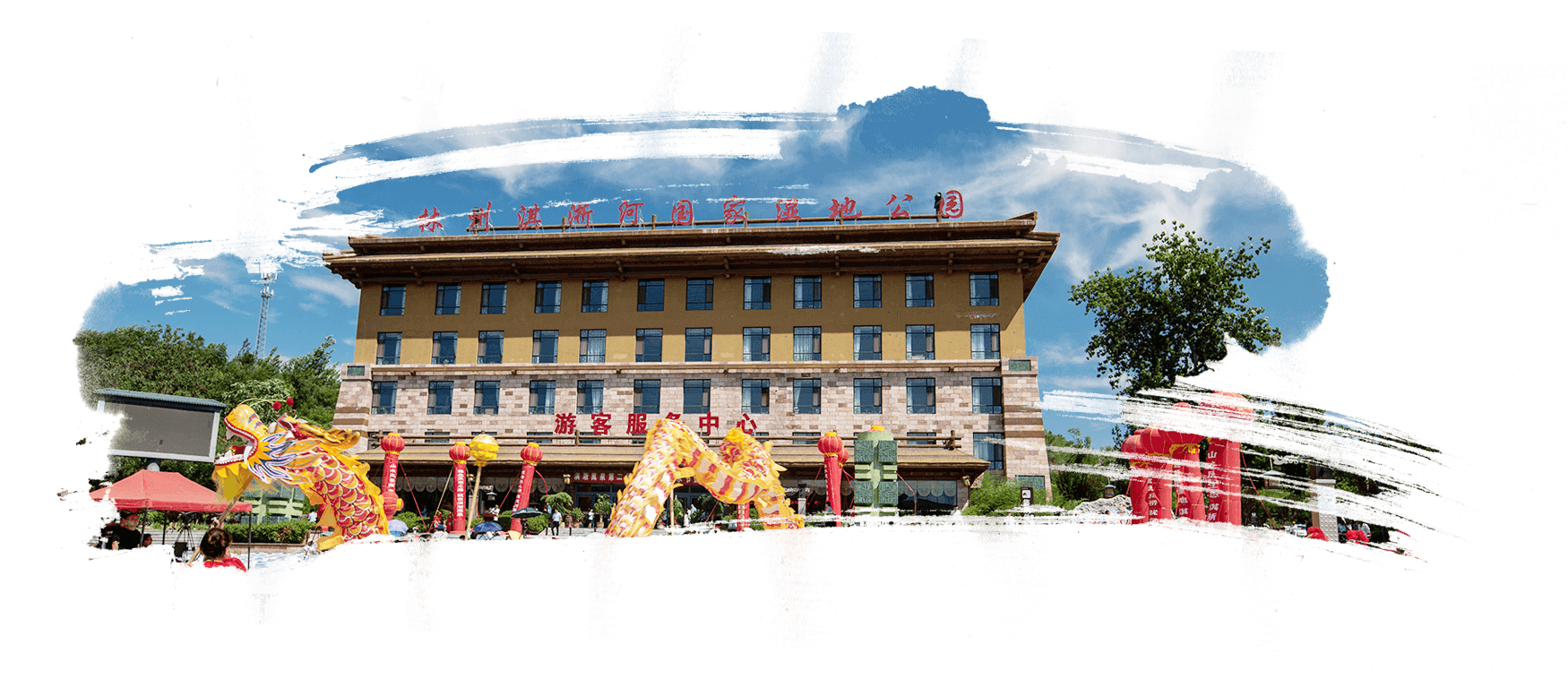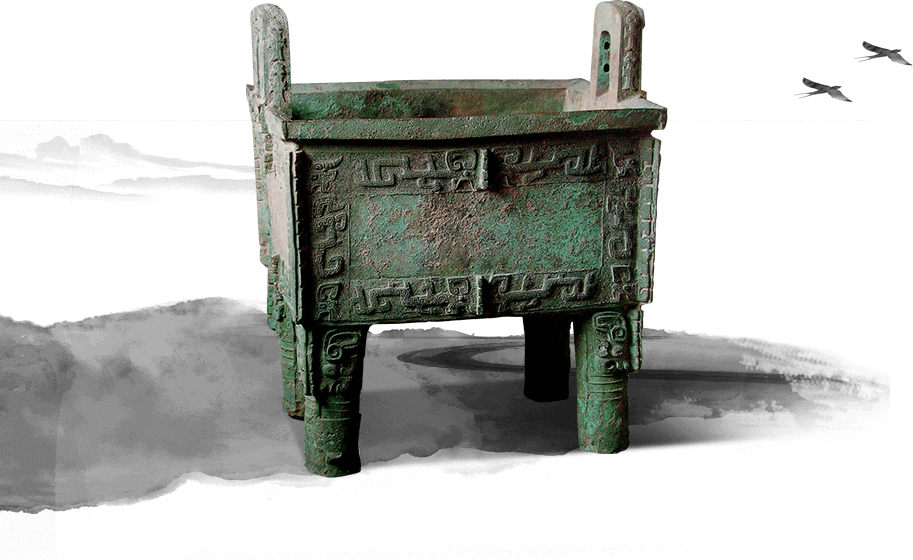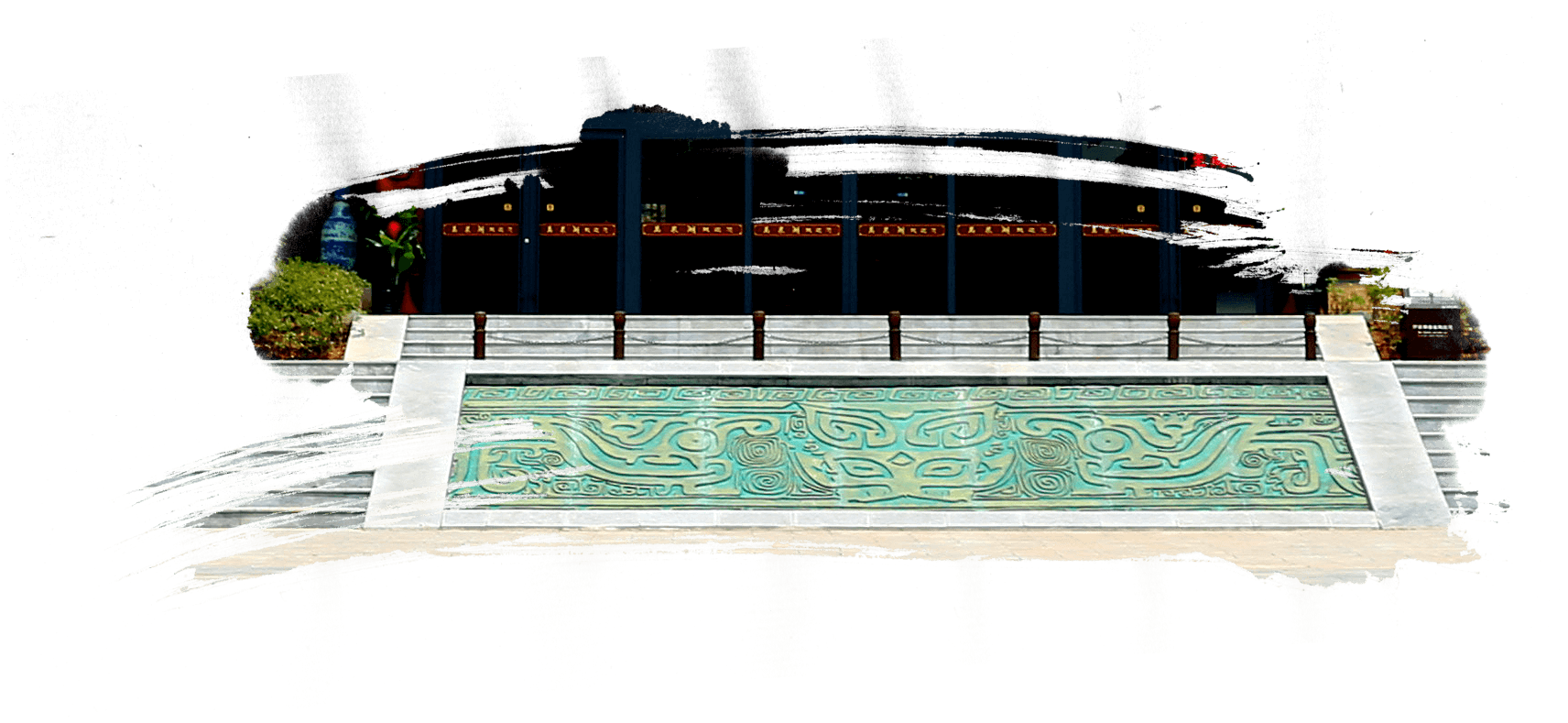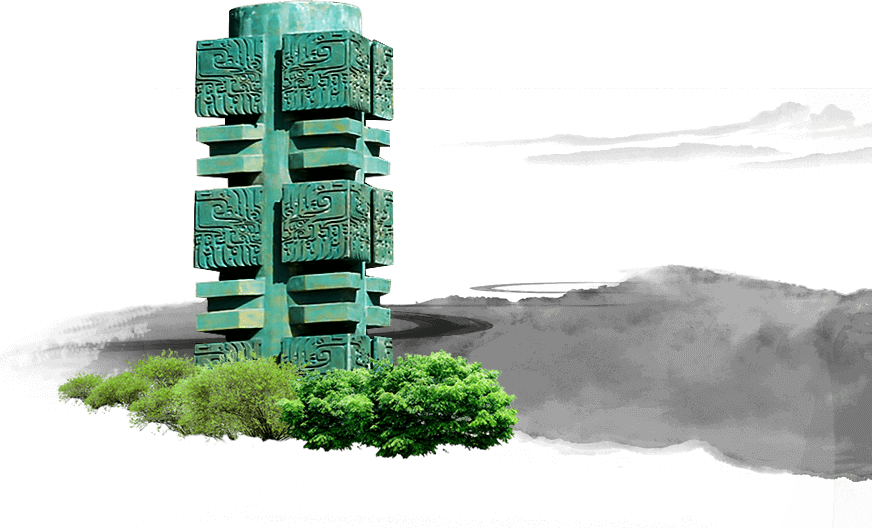- Homestay
- Qi Xin Xiaozhu culture originated
- Qí xīn xiǎo zhù
- Inhabiting
- Tourist
- Butler service
- specialty

The roof of the building is the top of the temple. It is magnificent and majestic. The top of the temple is also called the four atops. It is the five-ridged and four-slope type of the "four out of the water", also called the five-ridged temple. The ceiling of the temple consists of a rectangular plane with a width greater than the depth. The intersection of the front and rear slopes is a positive ridge.
There are four vertical ridges on the left and right sides, which are respectively placed at one end of the ridge. The top of the temple is under the roof of the temple, and there are short squats. Each corner has a short ridge, a total of nine ridges. As the high-grade roof form of ancient Chinese architecture, the temple roof is often used in royal buildings as well as large monasteries and palaces. During the Qing Dynasty, the temple roof could only be used for the royal and Confucius palaces, and the top of the temple was honored. However, the dwellings in the coastal areas of eastern Fujian will also use the gentle roof of the temple because of the need to protect the wind.

The academic community generally believes that Tuen Mun was born in the Zhou Dynasty. According to the literature, the architectural form of the Tuen Mun in the Zhou Dynasty already exists, mainly the palace and the city. In the Eastern Zhou Dynasty, the palace of the kingdom of Luoyang has a double plaque, which is the palace.
The documentary records of the early city sacs are found in the Book of Songs, "Poetry Zheng Feng·Zi 衿" 曰: "When I don't go, Zi Ning does not come? Provocative 兮 兮, in the city." I know that Zhou has already City battle." However, some scholars believe that the "阙" may be produced earlier than the Zhou Dynasty, because the word "阙" appeared in the oracle bones of the Shang Dynasty, indicating that there were already such buildings in the Shang Dynasty. Others believe that the origin of cockroaches should be earlier, dating back to the Neolithic Age thousands of years ago.
The trick is not created out of thin air. It is derived from the observation of this practical building. "Release the name and release the palace room" 曰: "View, view also, Zhou set two views, to the palace gate, which can live on, can be seen from afar, so that is the view." This document not only shows the predecessor of the 阙 is the view, but also shows the shape of the Zhou Dynasty view. That is to say, the tree is on both sides of the palace gate. It can be inhabited or overlooked by the door. And in the Zhou Dynasty, the view evolved into a ceremonial building - oh.
The literature also just proves this. "Said Wen Jie Zi" 曰 "Hey, view also, on both sides of the door, the central government is also a road." It is the origin of the name. It can be seen that on the sides of the door, the middle is "a road to the road." The front of our head is 21 meters high and the base is 7.5 meters long. From top to bottom, it can be divided into three parts: dome, body and platform. The "dome" is the roof. It is shaped like a wooden ridge, a tile, a pillar, a squatter, etc. It is like the eaves of a wooden building. It has both the function of sheltering rain and the decoration. It is equivalent to a house, built of stone,
The characters and images are carved on the stone, which has a high ornamental value, and the columns and columns that imitate the wooden structure are engraved, and the pavilion above them is tall and majestic. “Taiji” represents the common bauxite foundation in ancient Chinese architecture. We will build this Wanquan Lake here, which has two meanings: First, this is the landmark building of our Wanquan Lake Scenic Area, which identifies the location of our scenic spot; Second, the two rivers Qihe and Weihe meet here, history The profound and profound culture accumulated in the Changhe River is here, and the love poems of the millennium continue here.

The bronzeware of the Shang and Zhou dynasties in China is not only a container for the use of objects, but also a ritual in the temple. The number of bronzes can indicate the status of the status, and the size of the bronze can also indicate the level of power. In bronze, the important class is Ding. Ancient bronzes can be divided into four categories: food, wine, water, and musical instruments. The food utensils include tripods, dragonflies, and the like. Among them, Ding is an important ritual. Simu Wending, also known as the late mother Wu Dafang Ding, the late mother Wu Fangding. The original device was unearthed in Anyang, Henan Province in March 1939. The late mother Wu Ding is a bronze ritual that has been unearthed in the world so far. It enjoys the reputation of “the treasure of the town” and is made by Shang Zugeng for the sacrifice of his mother. The masterpiece of bronze culture during the period is now in the National Museum of China. The name of the mother-in-law is due to the name of the “post-mother” on the inner wall of the diarrhea. The tripod is rectangular, with a mouth length of 112 cm, a mouth width of 79.2 cm, a wall thickness of 6 cm, and an ear height of 133 cm and a weight of 832.84 kg. The thunder is made of thunder and the ground is surrounded by floating dragons and enamel patterns, reflecting the super high craftsmanship and artistic level of Chinese bronze casting. What we are seeing now is a handicraft of the mother.
China is famous in the world of ceremonies, and it is the rule of the people to regulate the behavior of the people. Different combinations of bronzes represent different meanings and become an important carrier of ritual system. This is what we usually call "the ritual." Ding put meat, put food, and the number of Dinghe 簋, according to the identity of the owner, is not used casually. Zhou Lizhong stipulated that the emperor could use Jiuding and Gossip, and the idiom would come from a single word. The princes of the seven Ding six 簋, the Qing doctor used five Ding four 簋, the use of Sanding two 簋, according to the level of high and low and so on, can not be exceeded. Which level are you, you use a few pieces of 鼎, whether it is sacrifice, feast or funeral. In the archaeological process, we found that the Western Zhou Dynasty was very compliant, and the unearthed in the tombs of the princes was the Qi Ding and the Six Dynasties. This is also the embodiment of Zhou Wangwei's world, social stability. In the Eastern Zhou Dynasty, it was chaotic. The princes began to use the Jiudian gossip of the emperor. The kingship was despised, and it was also the time when the rituals were broken.

Please look at this totem in the center of the stairs - the mysterious bird. The mysterious bird is a god bird in the ancient Han mythology and legend. From the "Shan Hai Jing", the original image of the black bird is similar to the swallow. Recorded in "General History of China": the ancestors of the merchants were Dongyi people.
The ancestors of Dongyi people were Shaohao. The Shaolin people take the bird as a totem and are a tribe composed of several ethnic groups. Among the five clan of the clan, the phoenix, the black bird, the Bo Zhao (Lao), the blue bird, and the Dan bird are totems, among which the black bird is the totem of the merchants. The so-called "Tian Ming Xuan Bird, descending to the business" ("Book of Songs - Shangyu"), is derived from the totem worship of the Yi people. Totem worship is an ancient religious form that produces the original clan society. This primitive worship is the birth of the clan.
Associated with an animal or plant, think that there is a blood relationship between his clan and it, and then regard it as the ancestor, protector or mark of his clan. (The evidence of the bird totem can be found in the oracle bones of the Shang Dynasty. The inscription on the inscription on the king of the king, the prayer, or the sacrifice of the ancestor Wang Hai, the word "hai" written by Wang Hai on the oracle bones, plus a bird shape on it. Wang Hai is The merchant's "Gaozu", therefore, the clan totem symbol "Xuan Bird" plus its name). The ancient writer Hu Houxuan from the Yin Ruins,
I found the word "hai" of the ancestor Gaozu Wanghai. The shape is from the bird to the bird, and the bird is also the bird shape. This is the confirmation of the merchants taking the bird as a totem. The inscription on the bronze ware of the late Shang Dynasty, "Xuan Women", has the three-character text "Xuan Bird Woman", which is a testimony to the ancestors of the merchants who used the bird as a totem.

Perhaps some friends are thinking about what these two bronze-like buildings on the left and right sides of the building are. The building is built on the basis of enamel. The cymbal is a cylindrical jade with an inner circle and an outer octagonal, rounded in the middle. It is a ritual used by ancient people to worship the gods. The earlier Yuxi was seen in the third phase of Xuejiagang, Anhui Qianshan, about 5100 years ago.
After research, its function and significance are: one of the great rituals used for sacrifices, it is called "six instruments" with jade, jade, jade, jade, and jade. As one of the important rituals in ancient China, "Zhou Li" "to the heavens and the heavens, to the yellow rituals", Yuxi became the ritual of the ruling class to worship the vast land, but also the instrument of the wizards. The shape of the jade is the outer circle (hole), which seems to prove that "the round is like the sky, the square is like the ground" and so on. The wizards also often use inferior jade, stone scorpion, or burned jade, to the tomb of the town to suppress evil, to corpse antiseptic, to avoid evil. Second, the jade is also a symbol of power and wealth. When the jade is unearthed in the tomb, it has the following characteristics: the tombs are of high specification, large in scale, and rich in funerary objects; the tomb owners are mostly male; the ancestors are often accompanied by crickets, and some tombs have burial figures.
All kinds of phenomena show that the squatting style is closely related to the original religion and the ritual etiquette. Its master must belong to the tribal chiefs and the upper tiers of the high priests. From the excavation site, it can be seen that the identity of the tomb is more prominent, and the shackles in the funeral objects are The more it seems, the more it seems to show everything before the birth. It is used to explain the original identity of the tomb, and the extent to which it enjoys wealth and power among the tribes. It also represents a kind of funeral in the Liangzhu culture period. As I mentioned earlier, our scenic spot was eroded by floods in 2016. We built this type of building and expressed our respect for the earth. We have the waters of Wanquan Lake and the blessings of the world.

